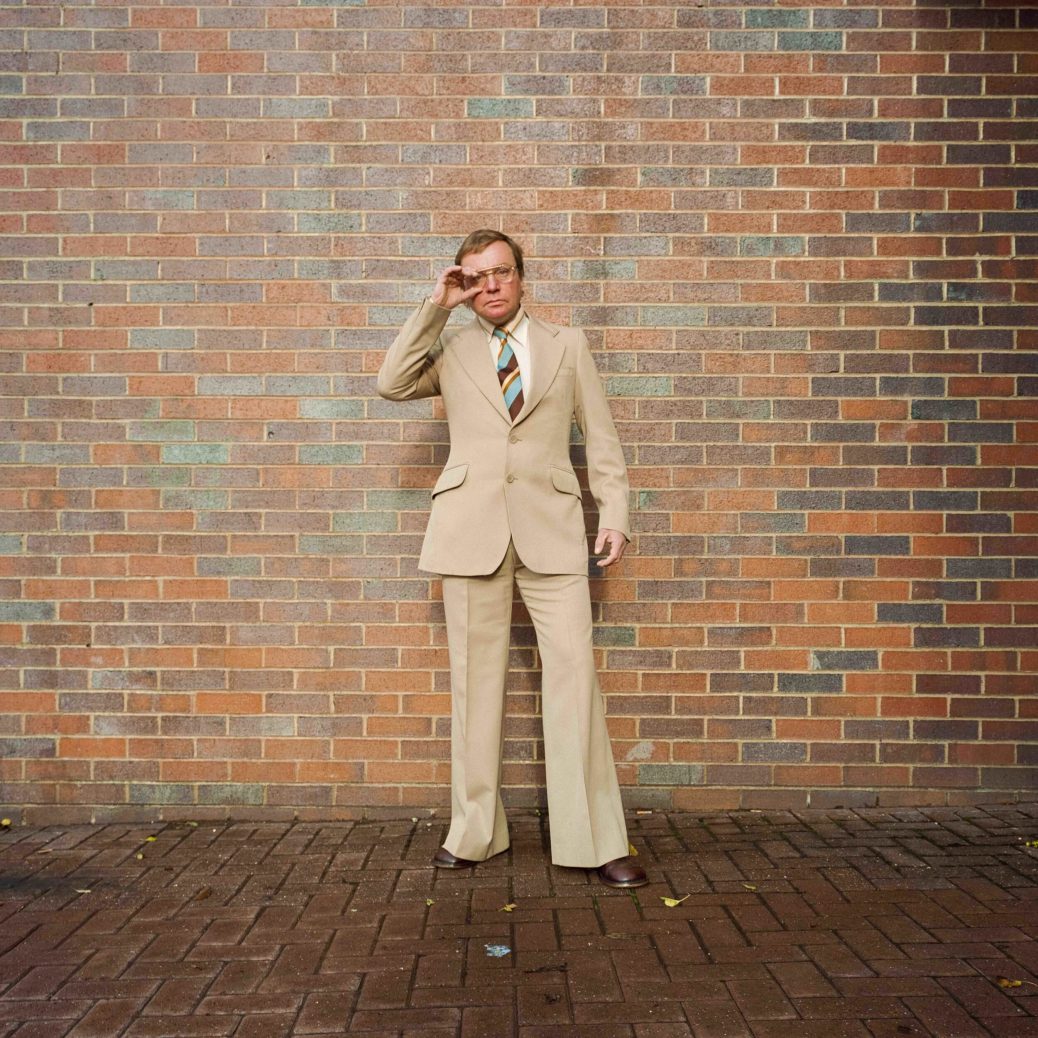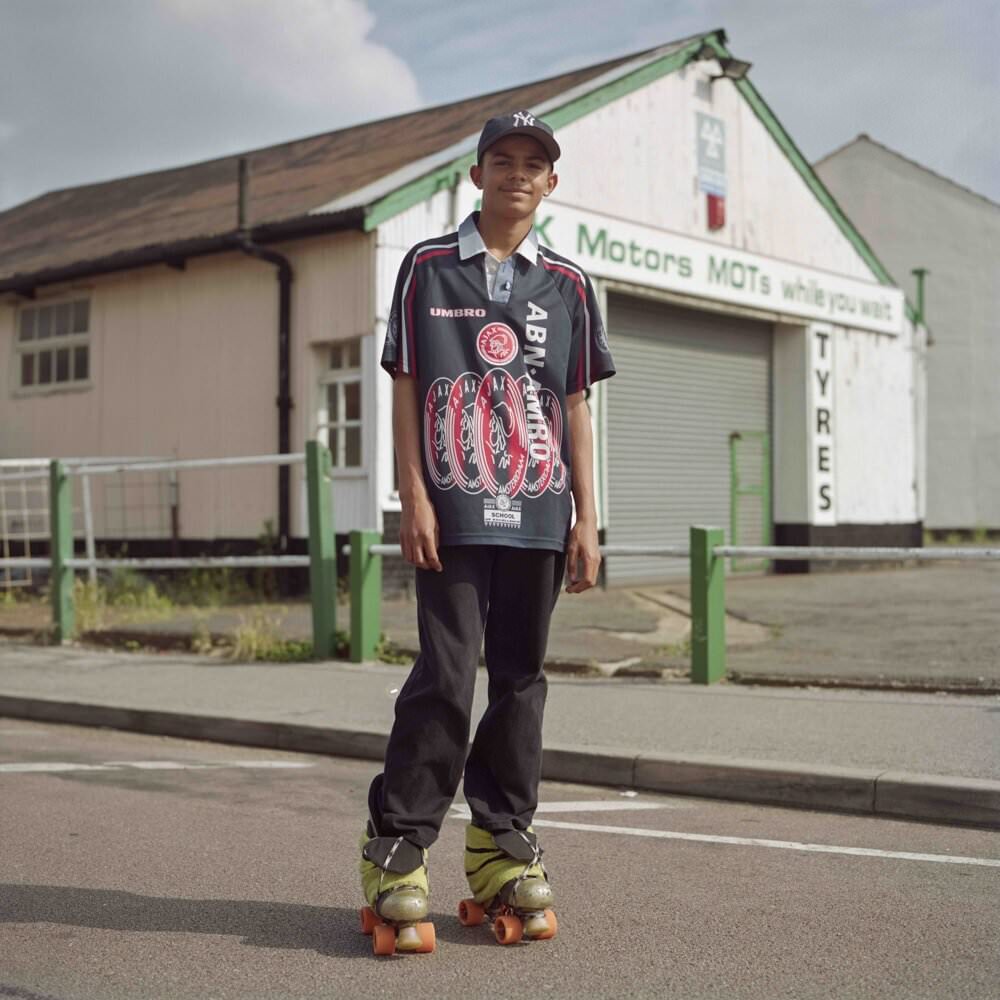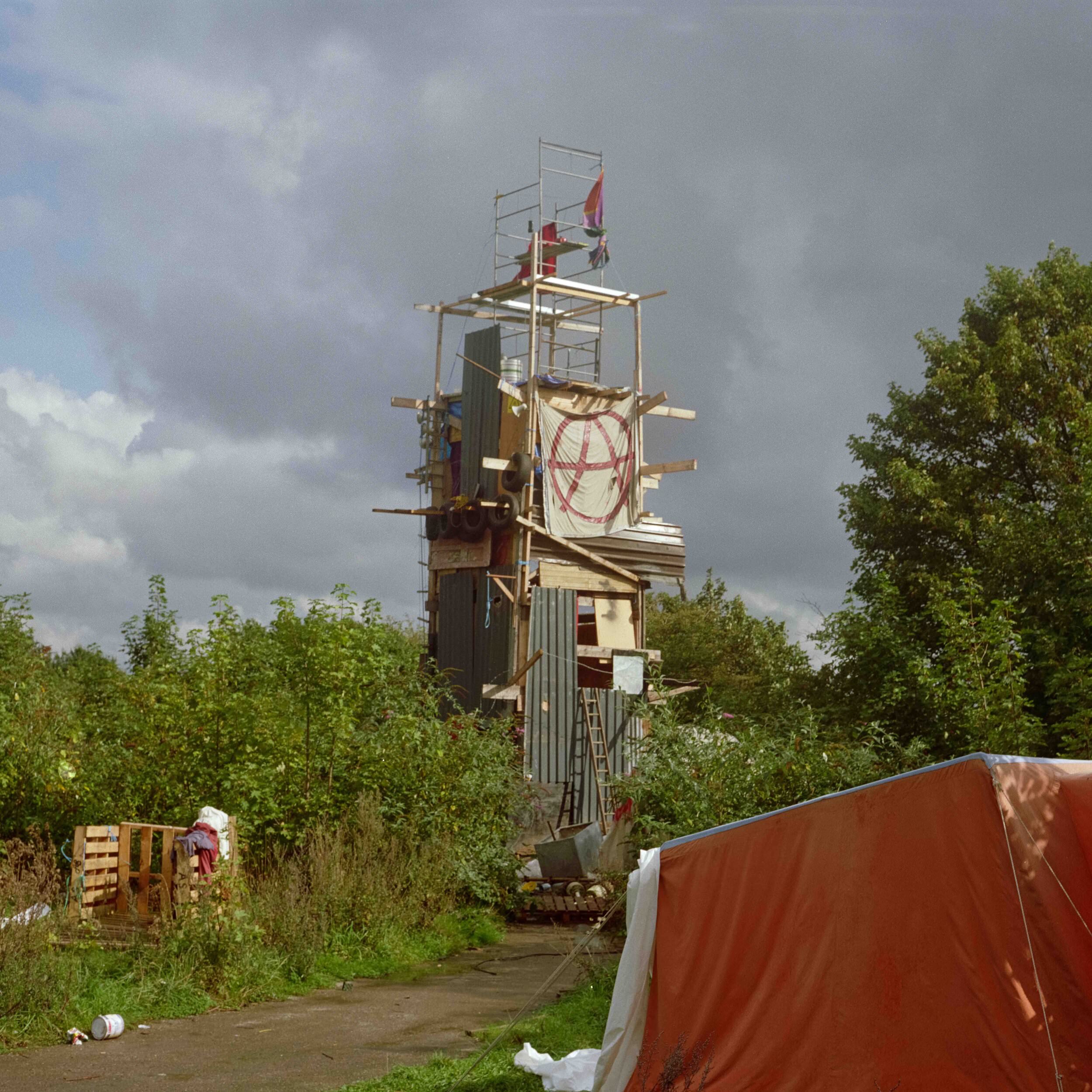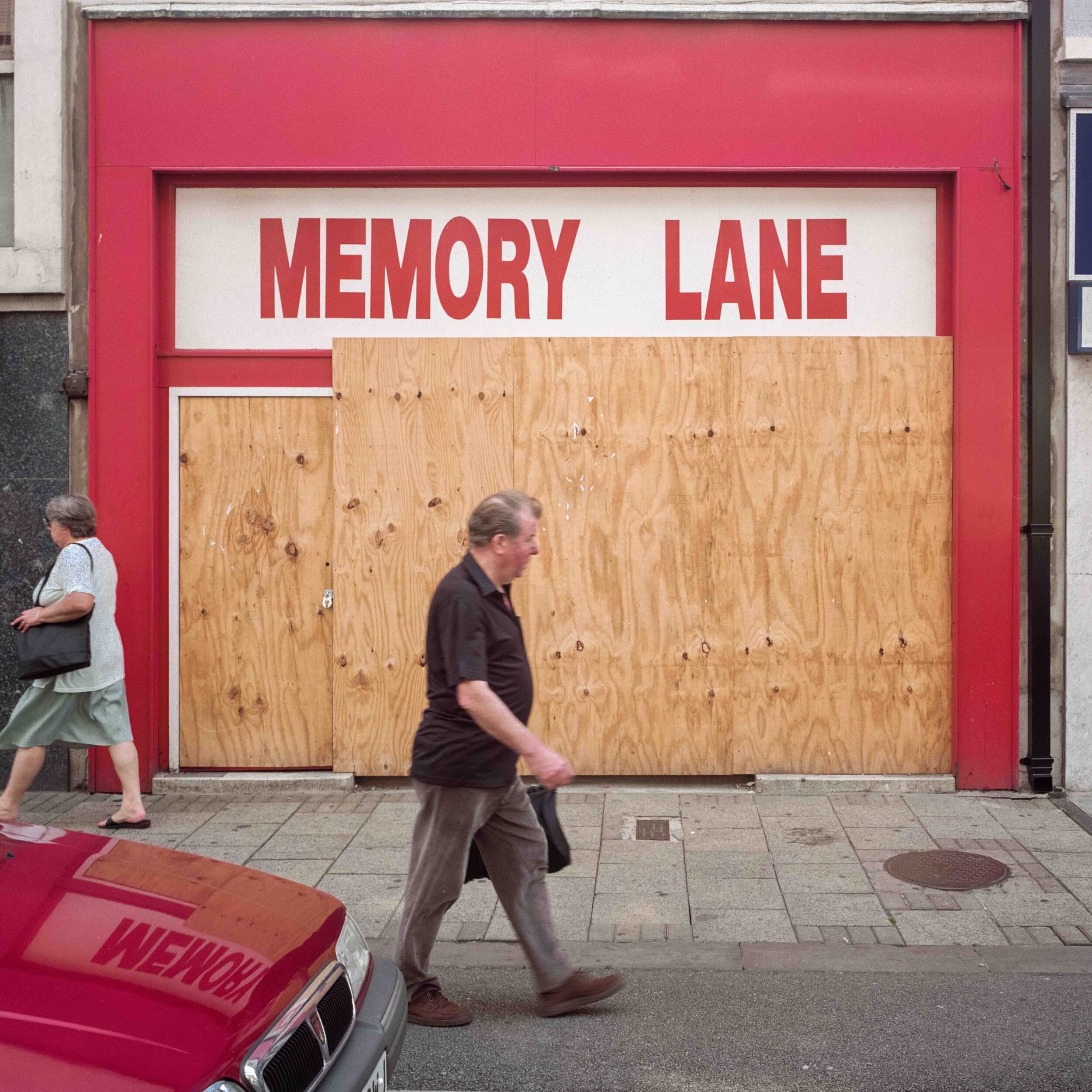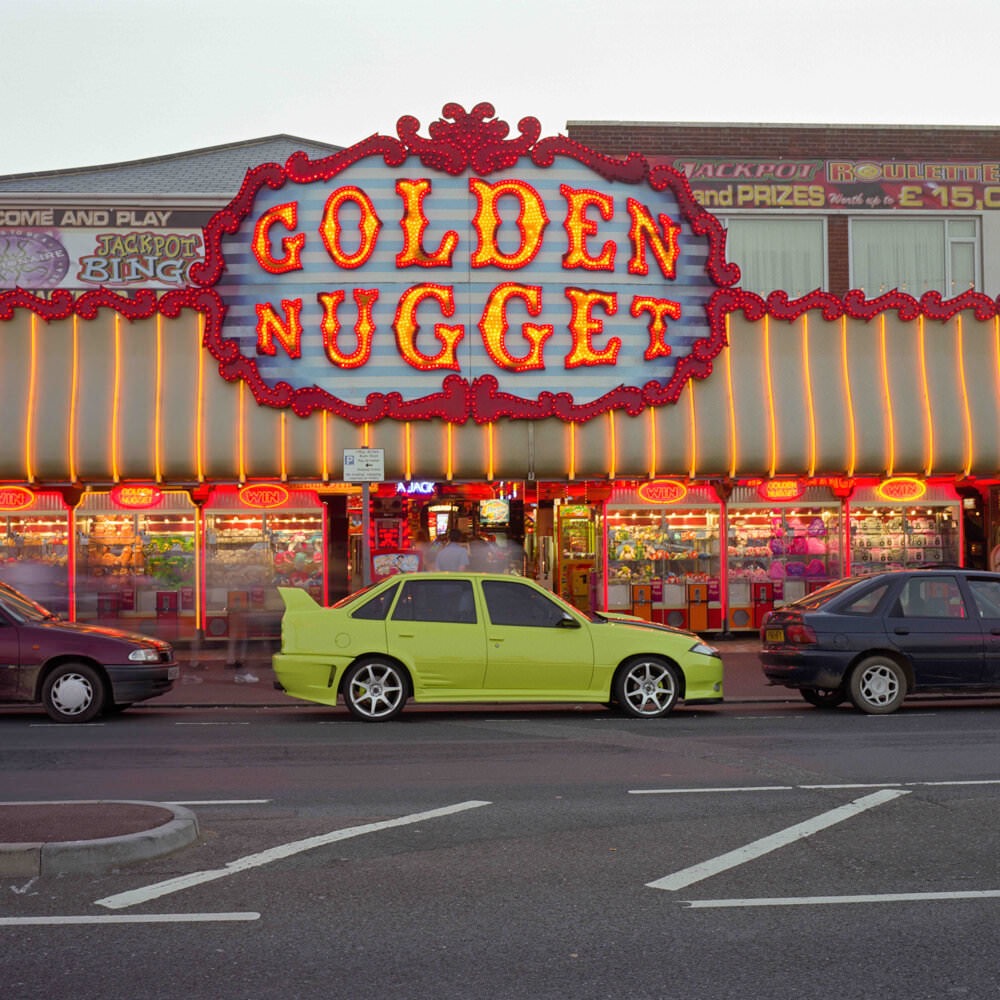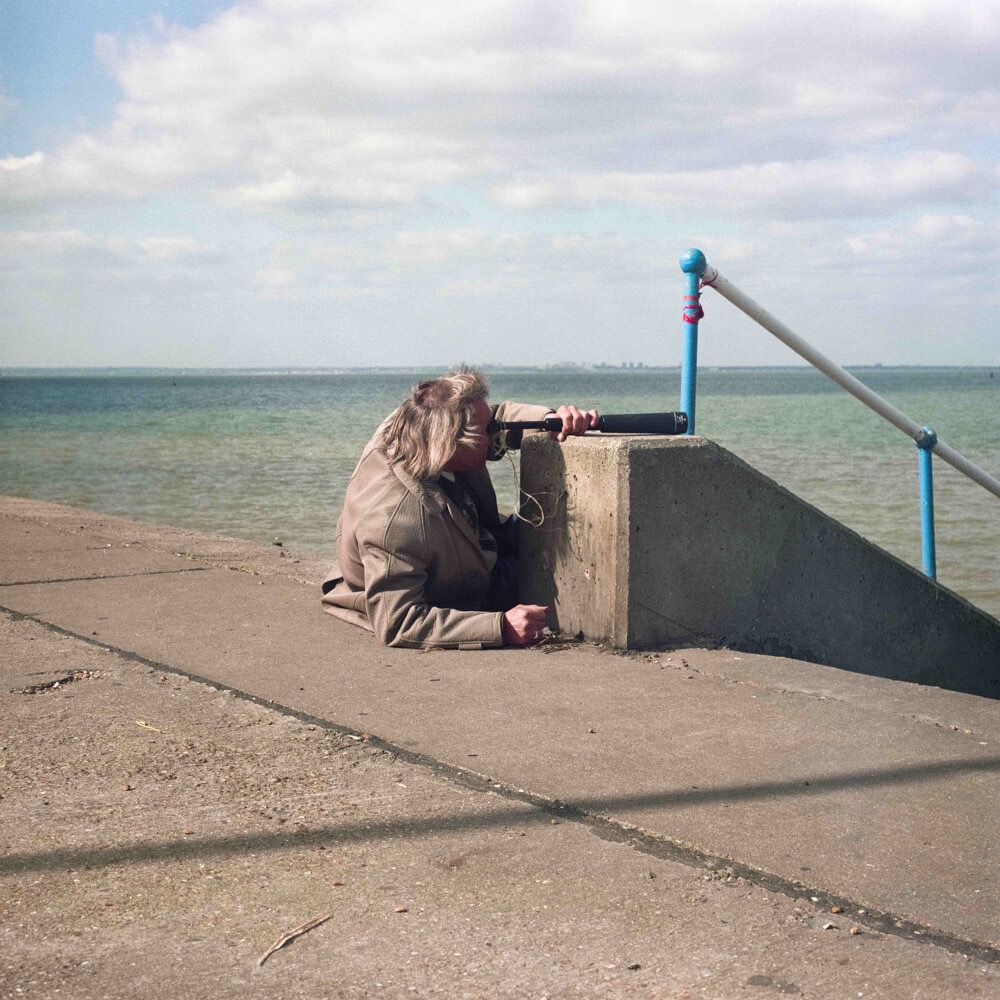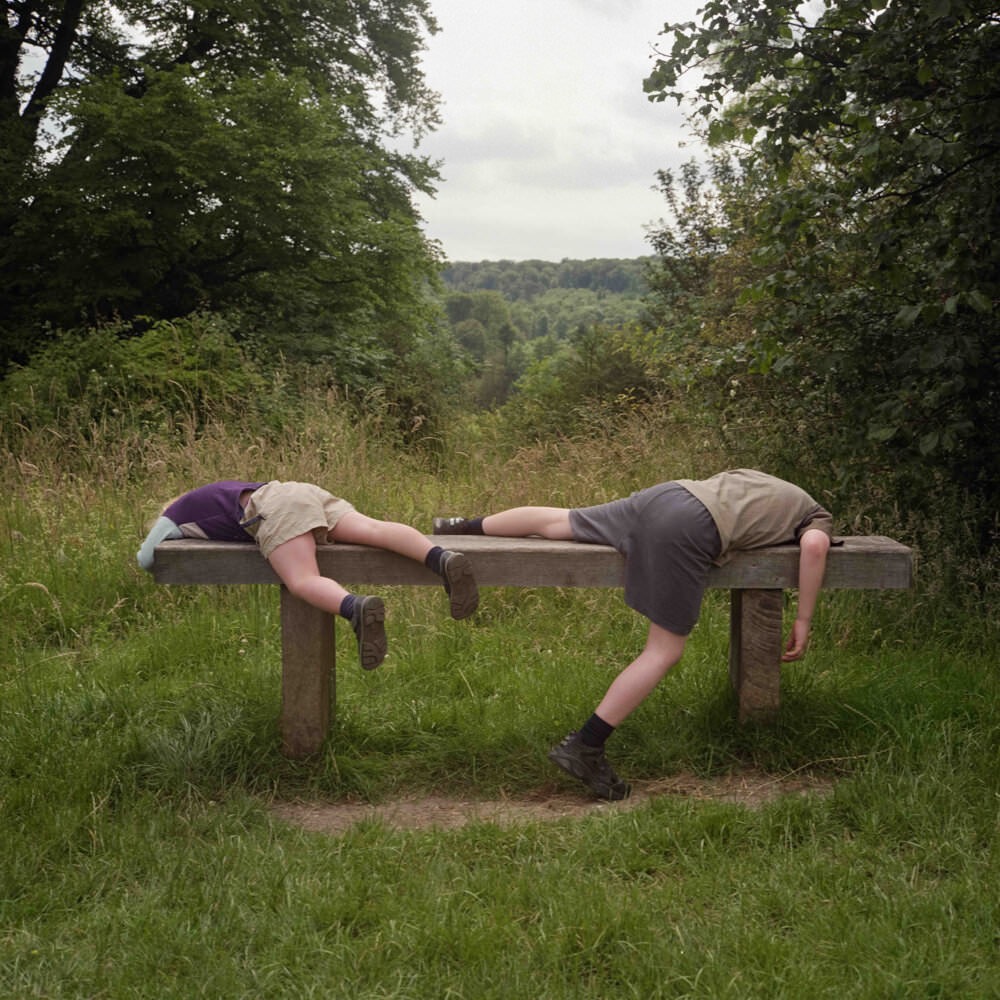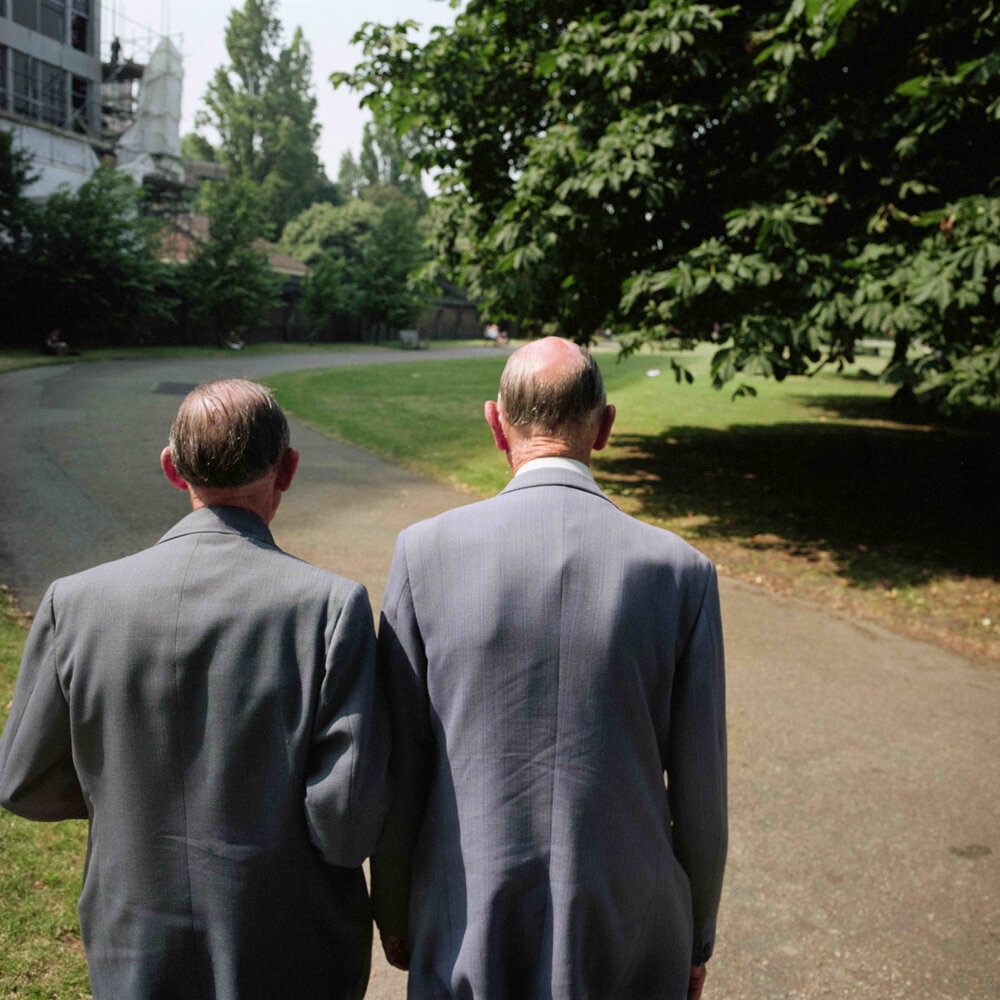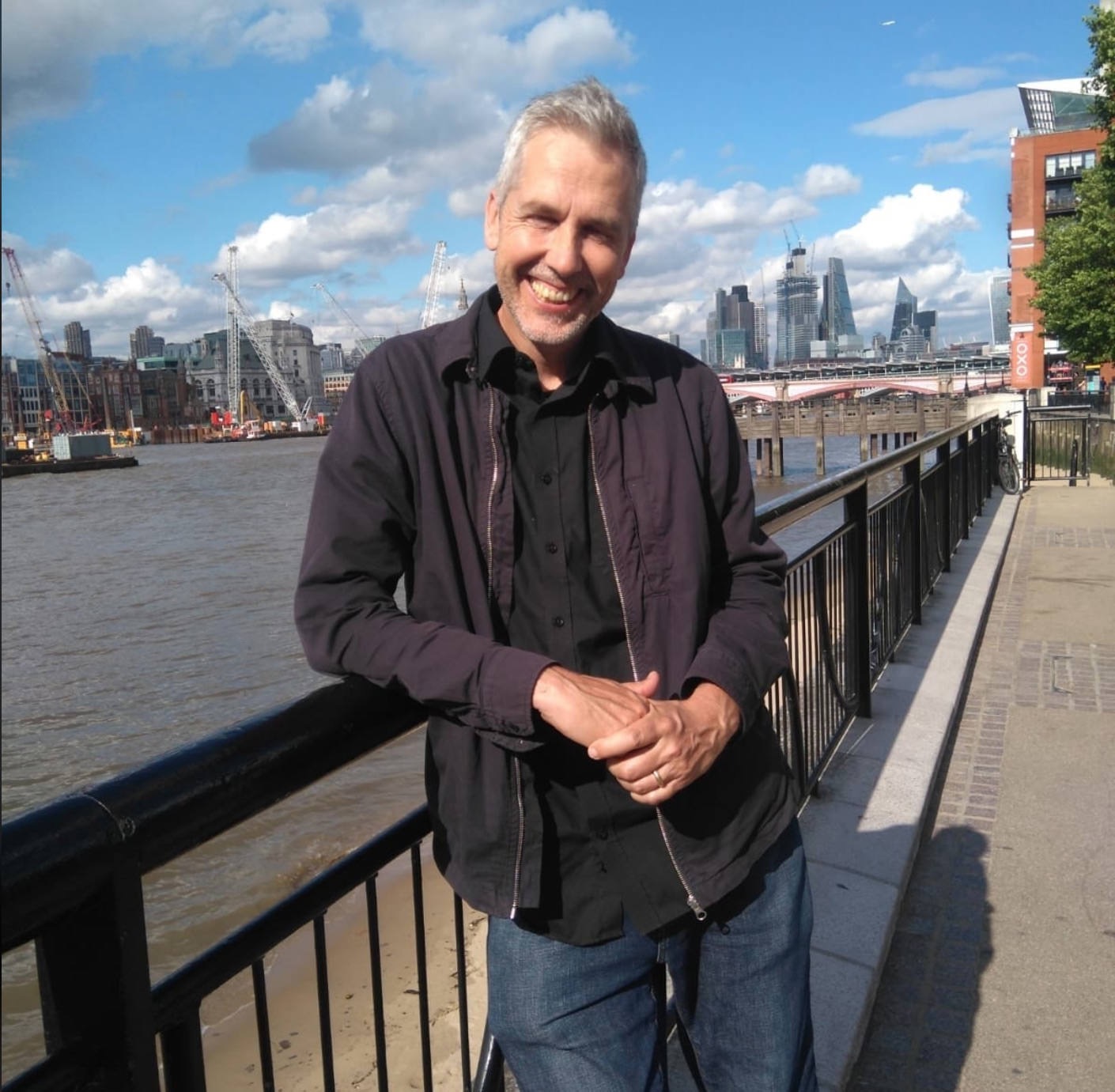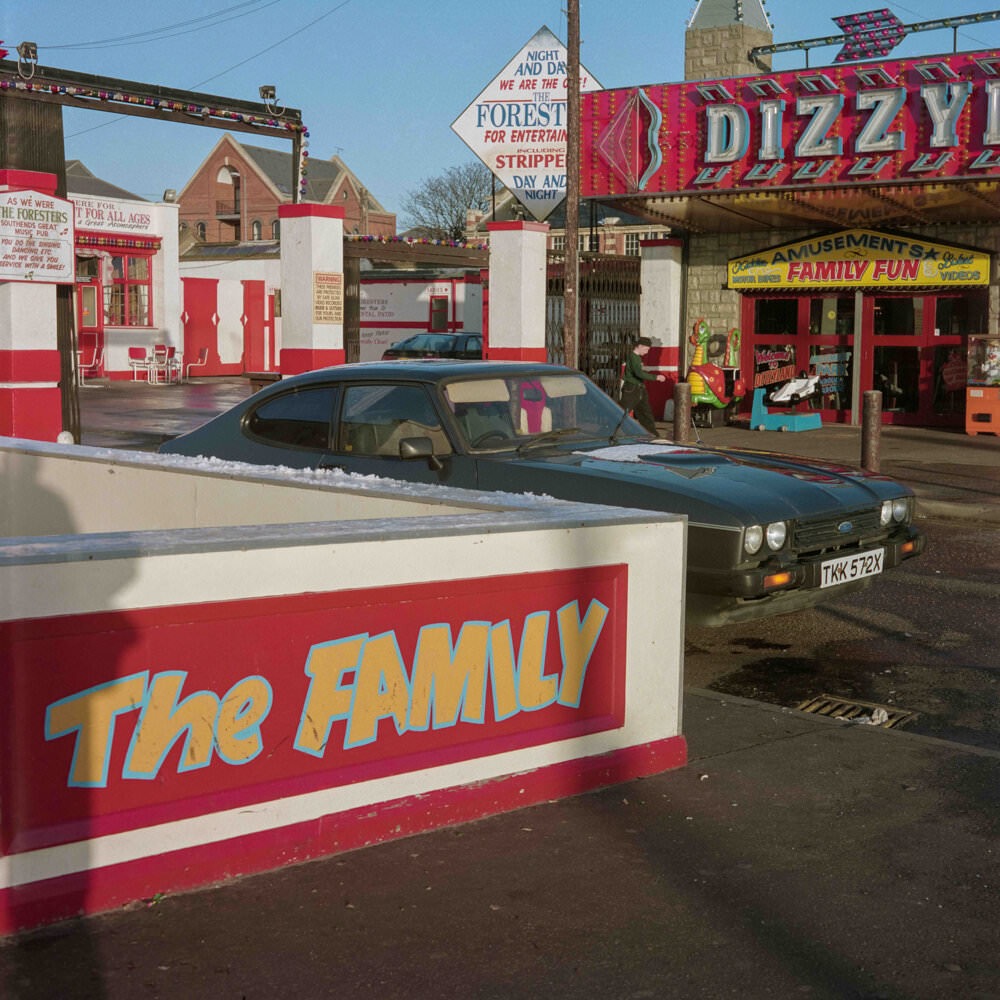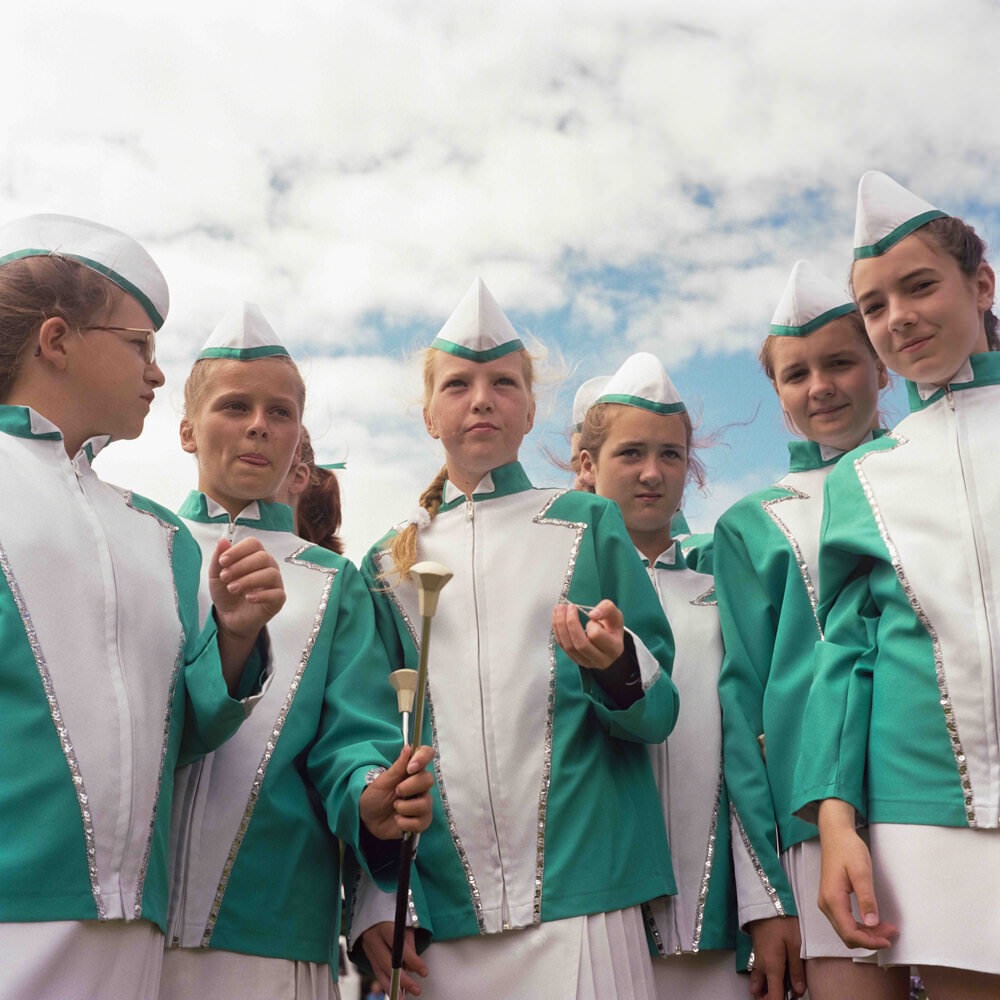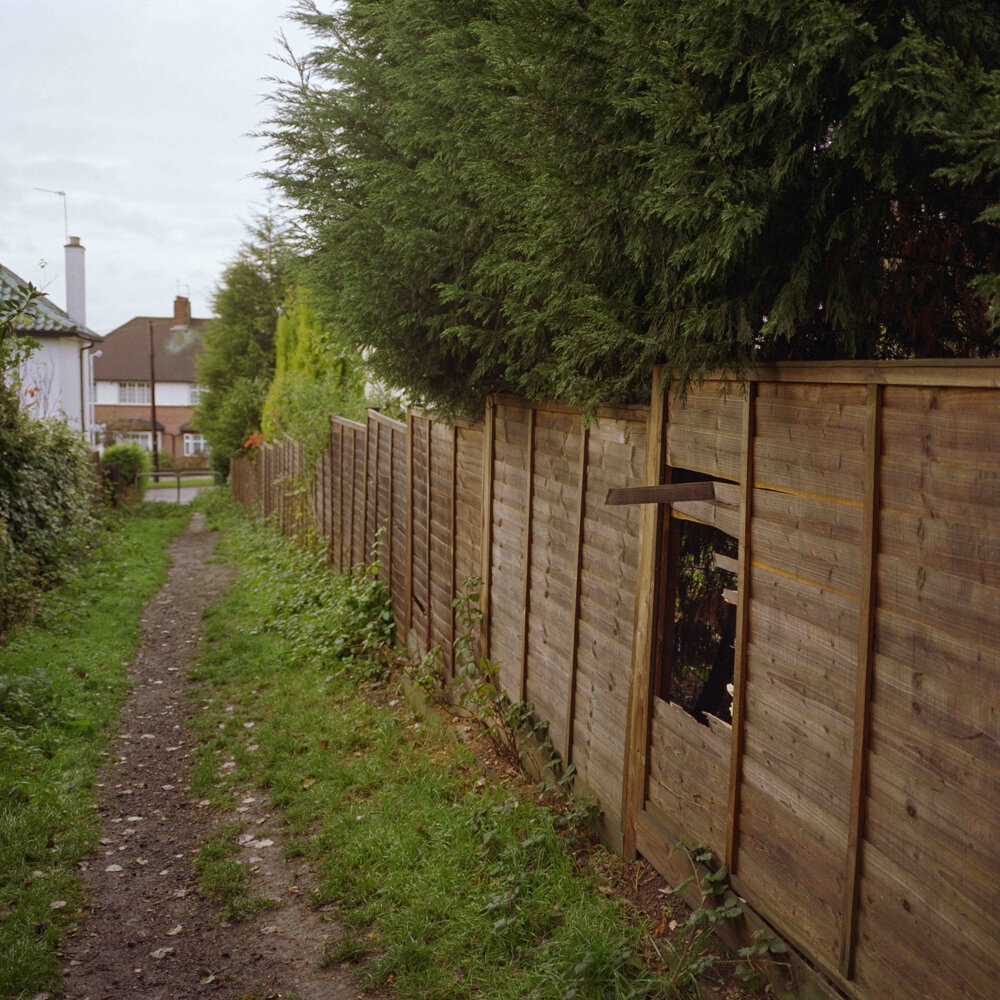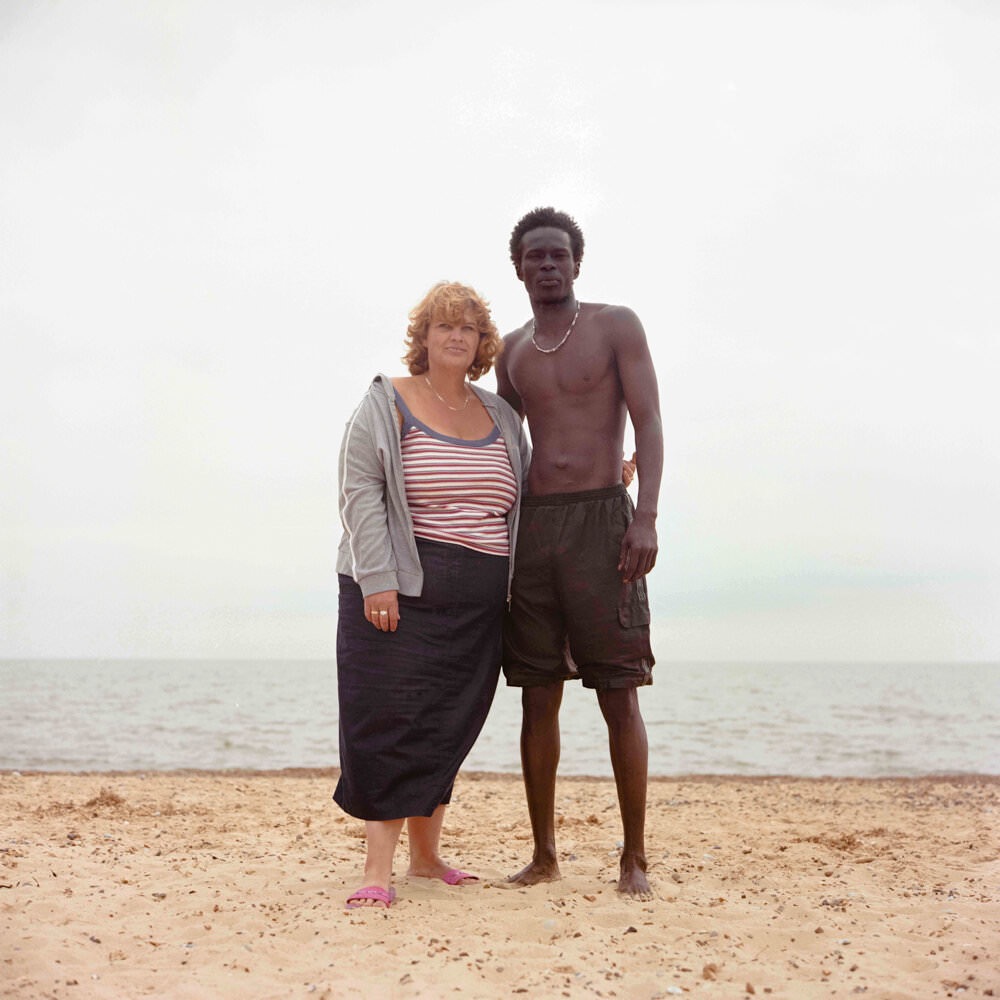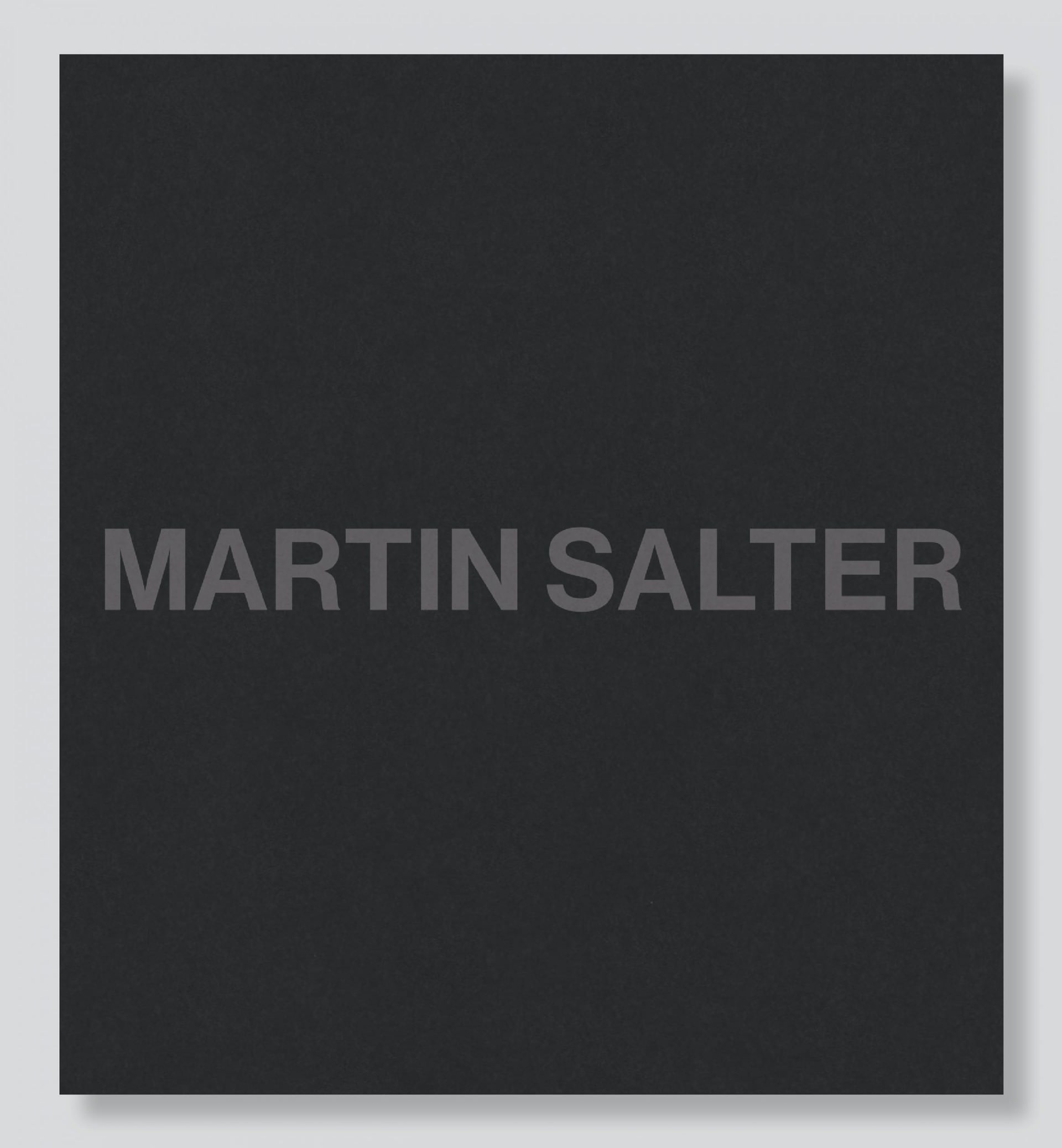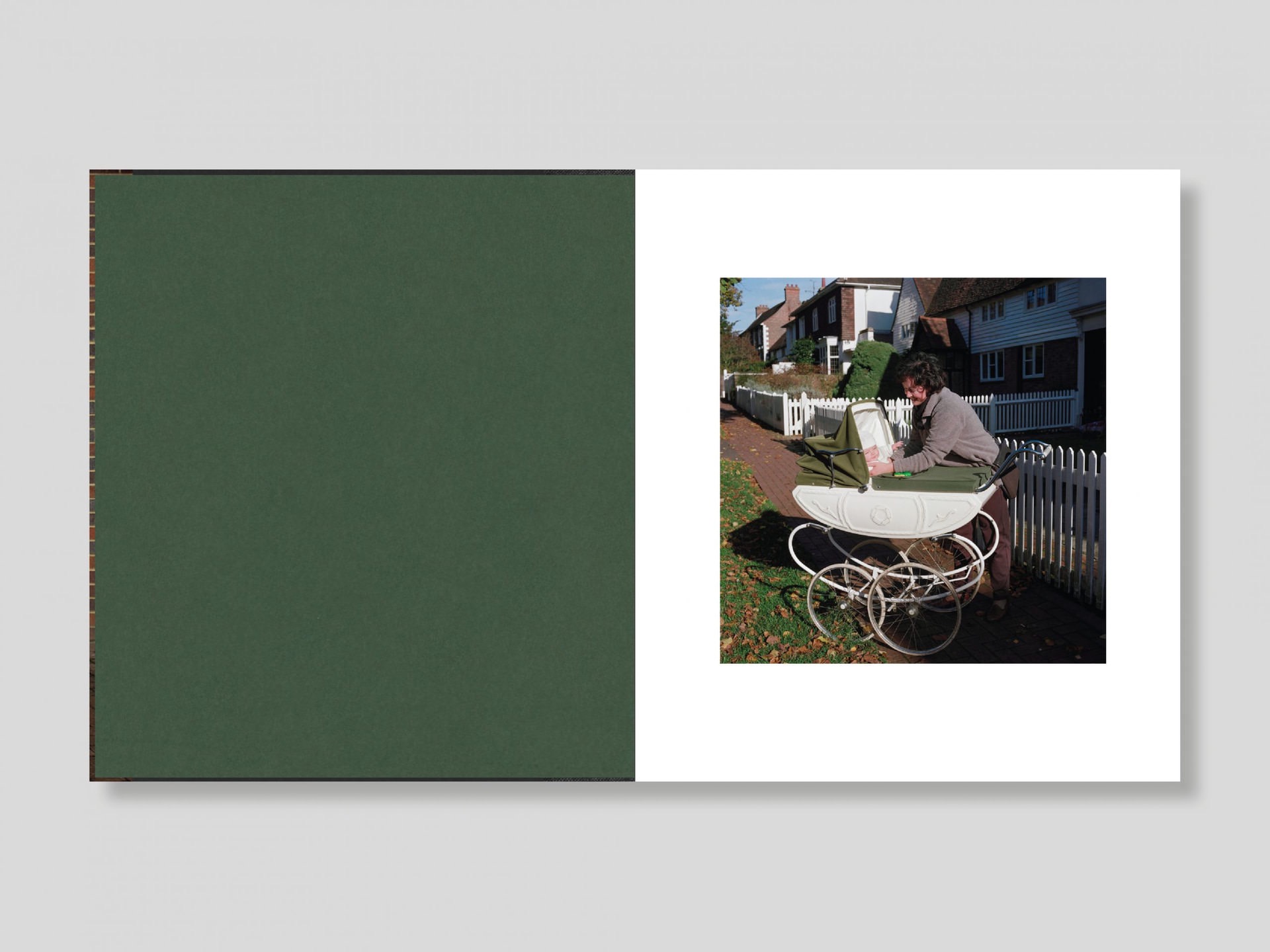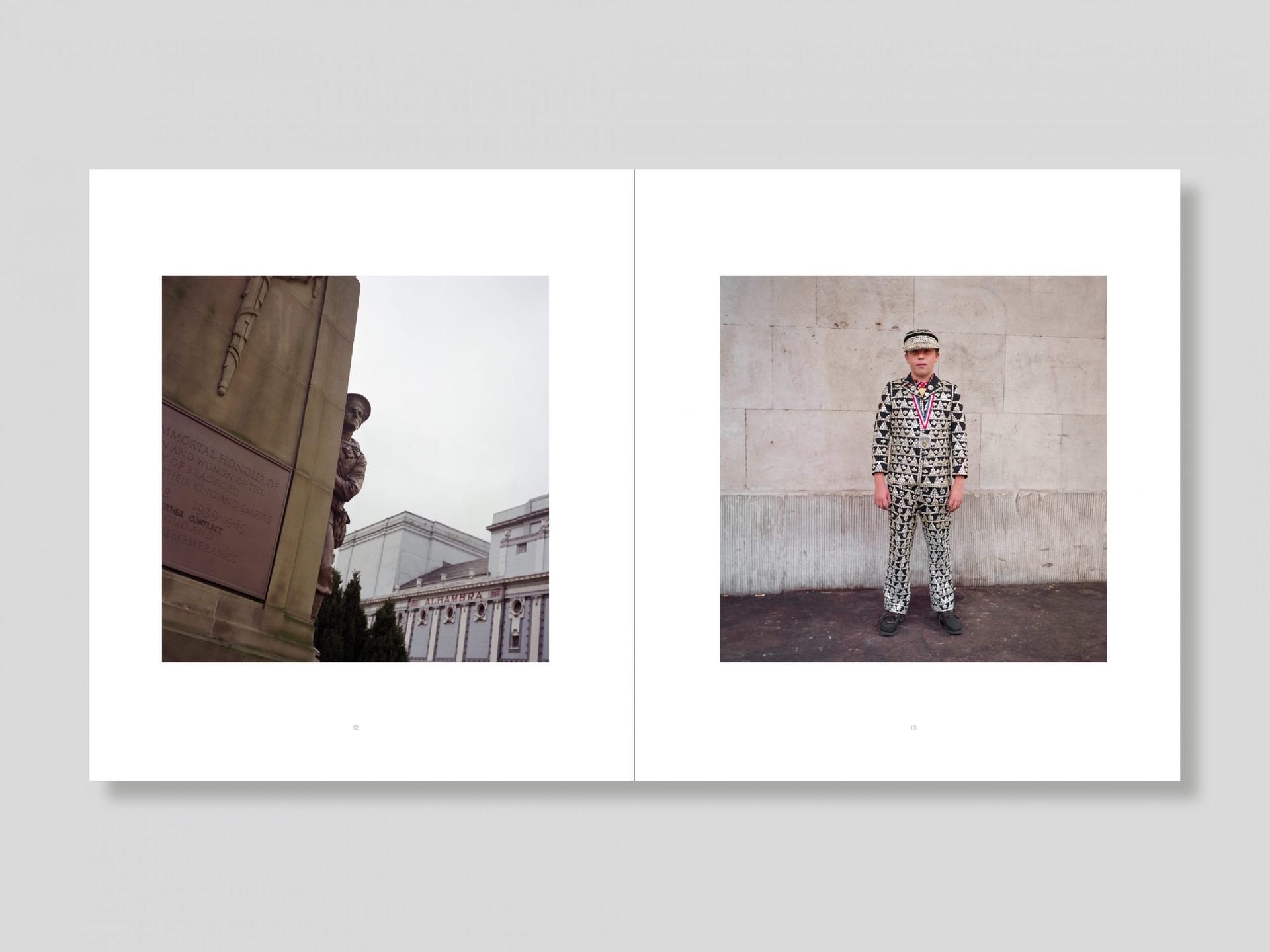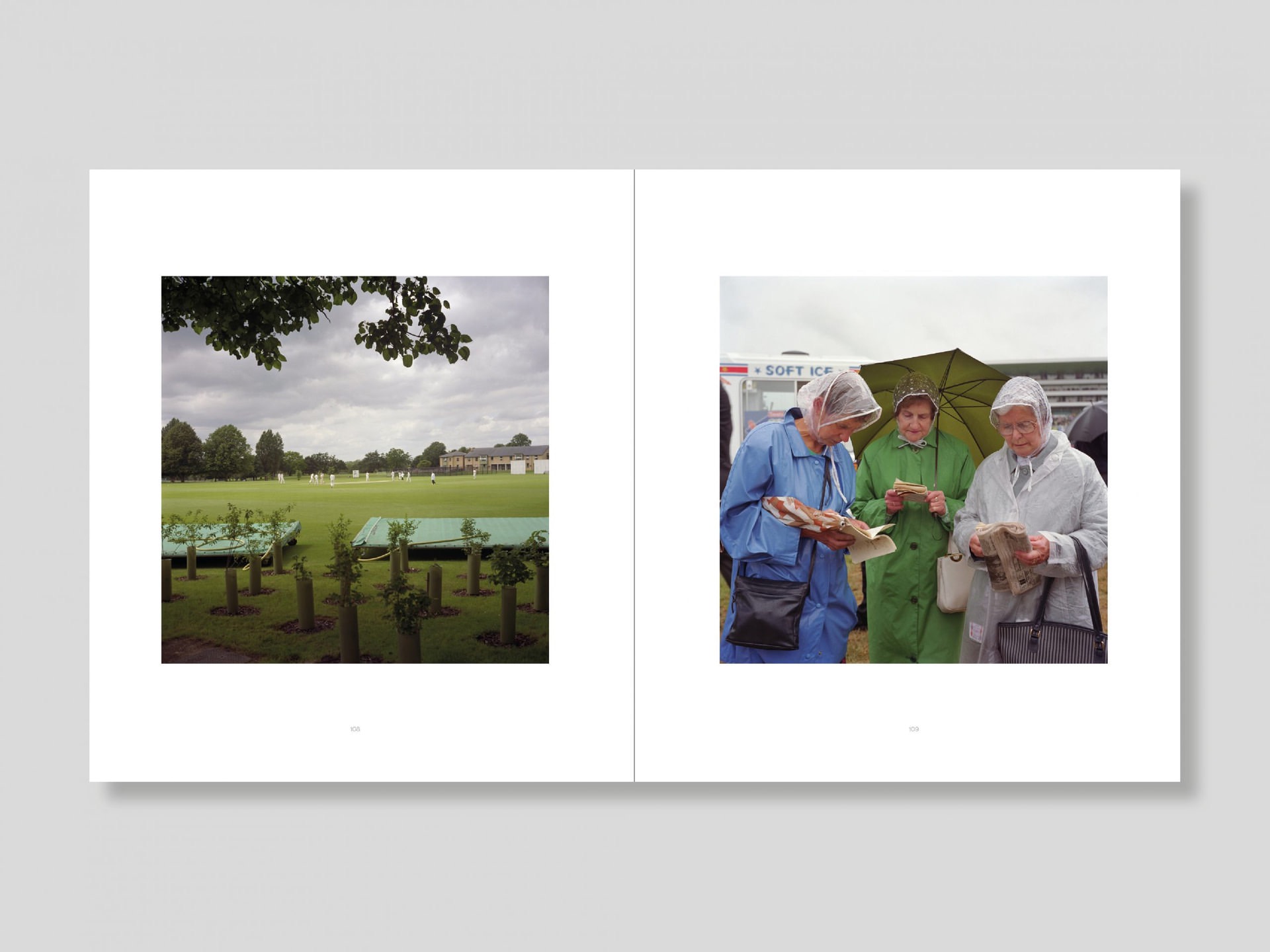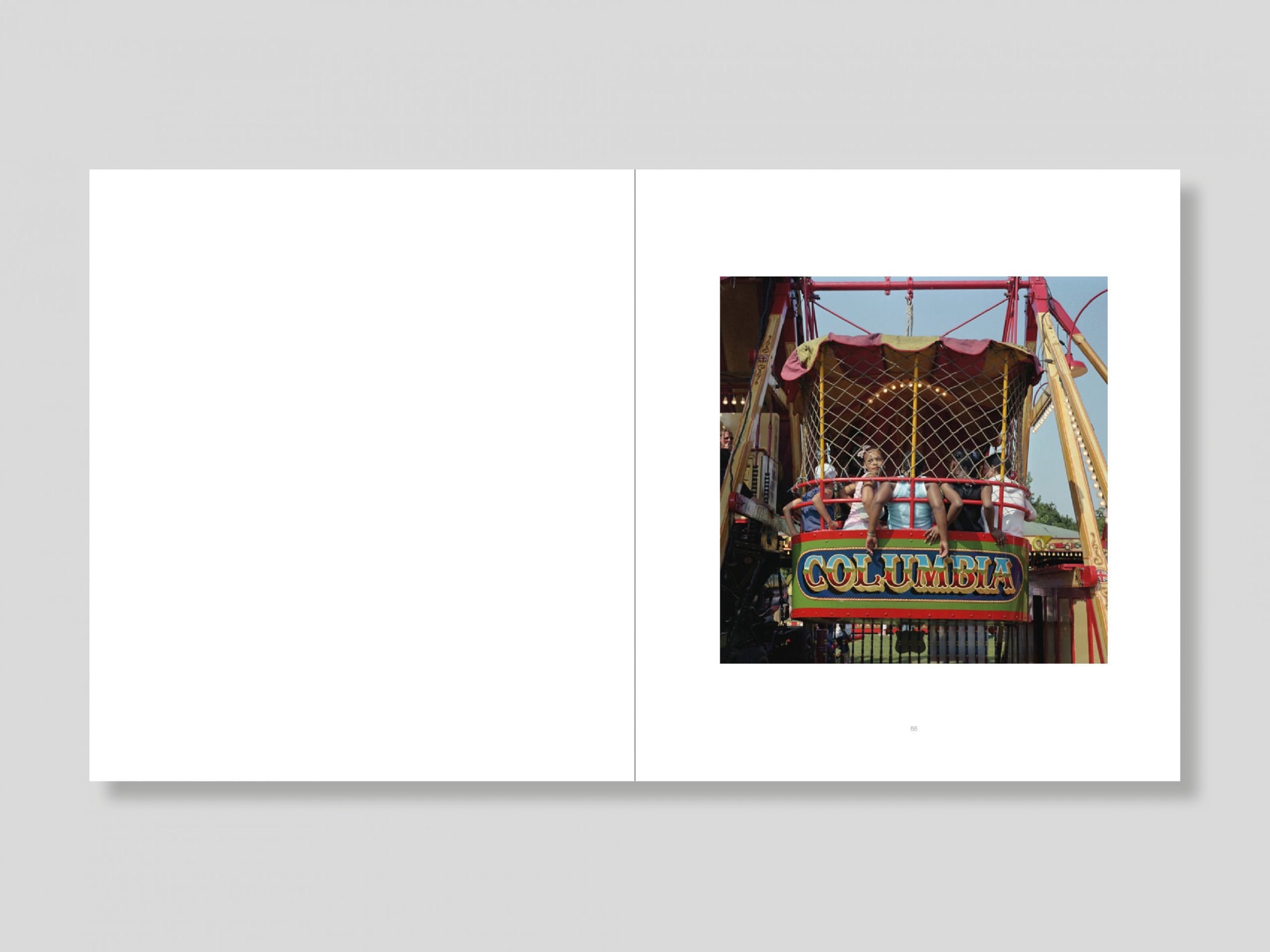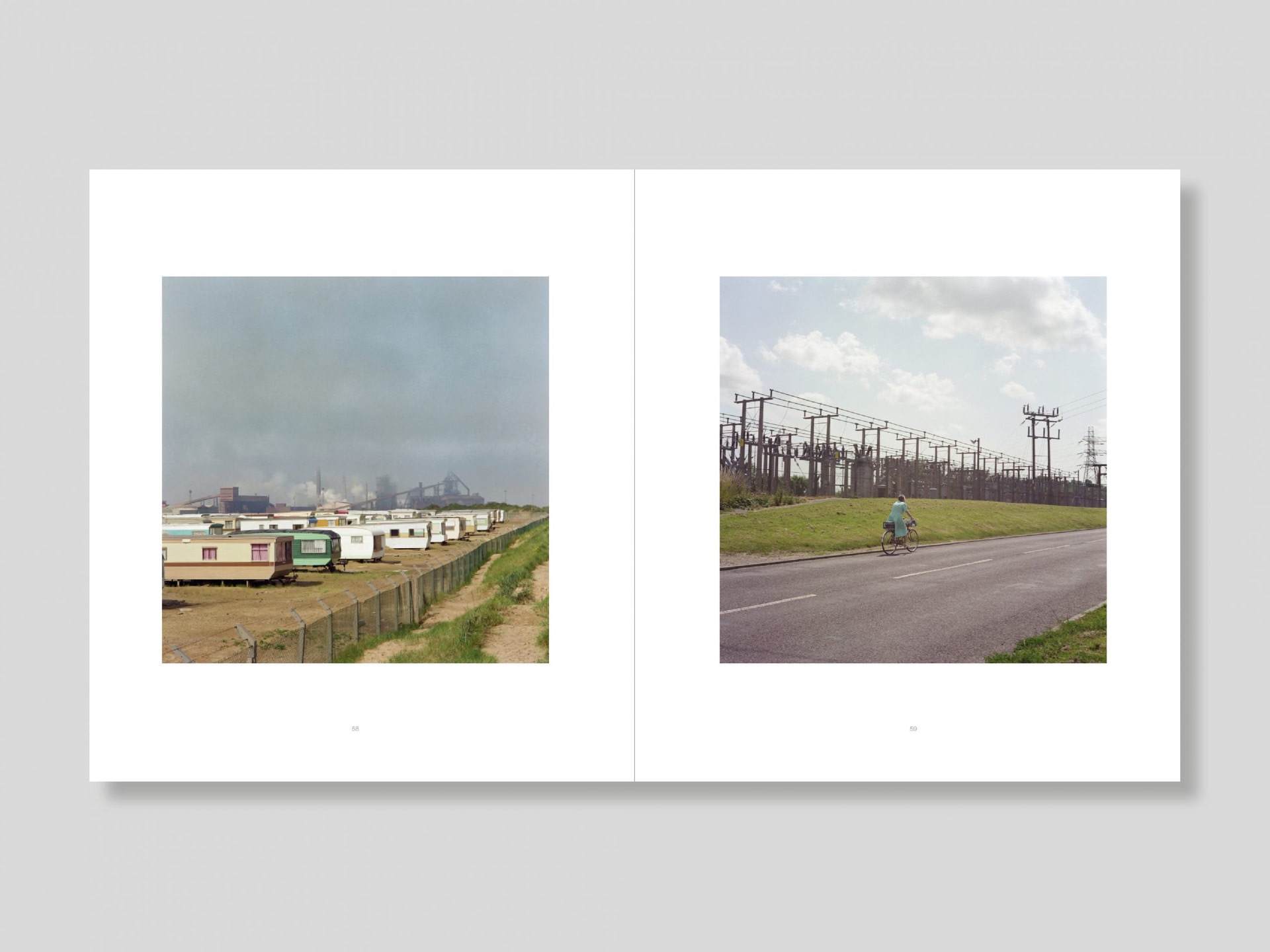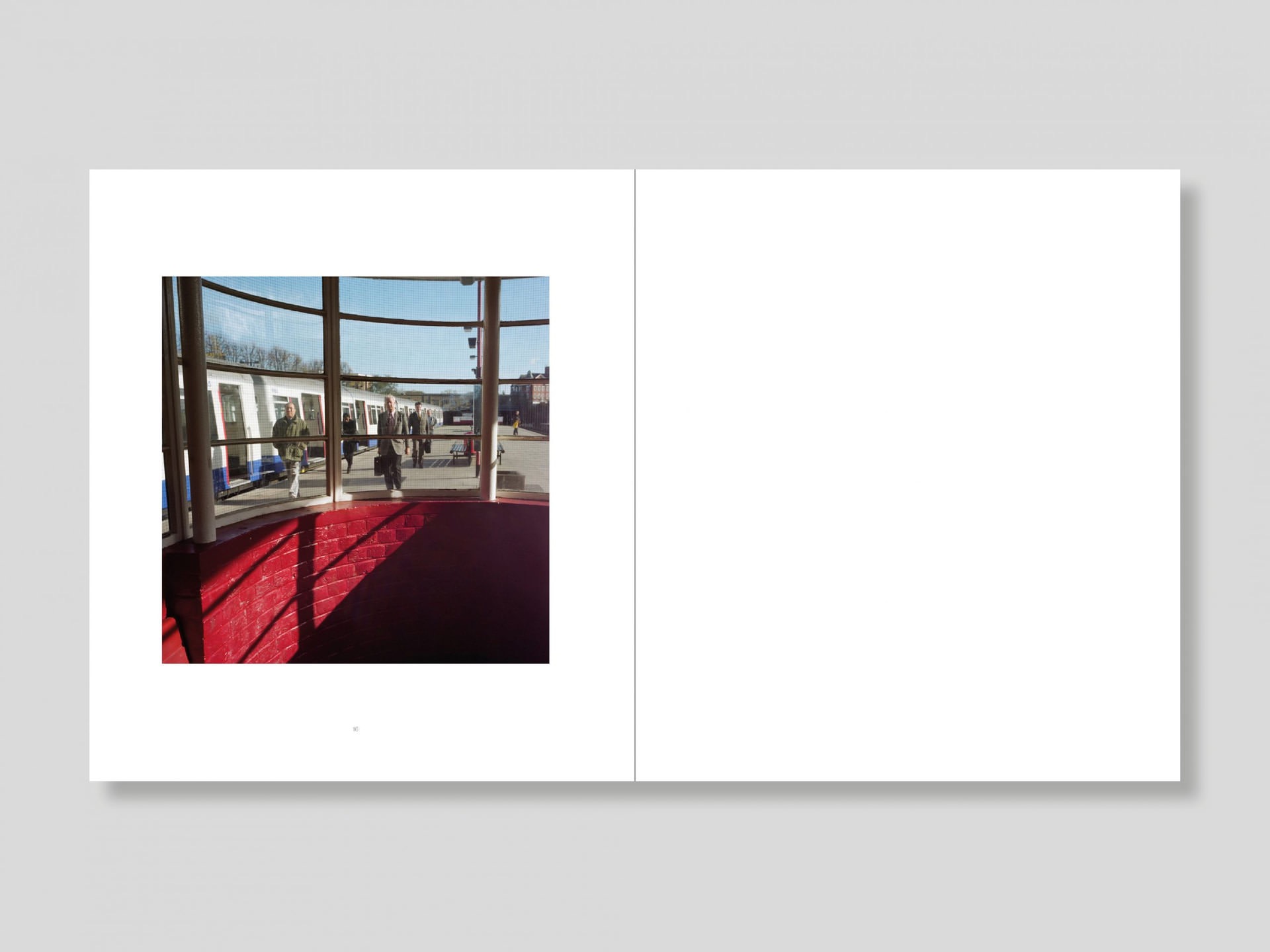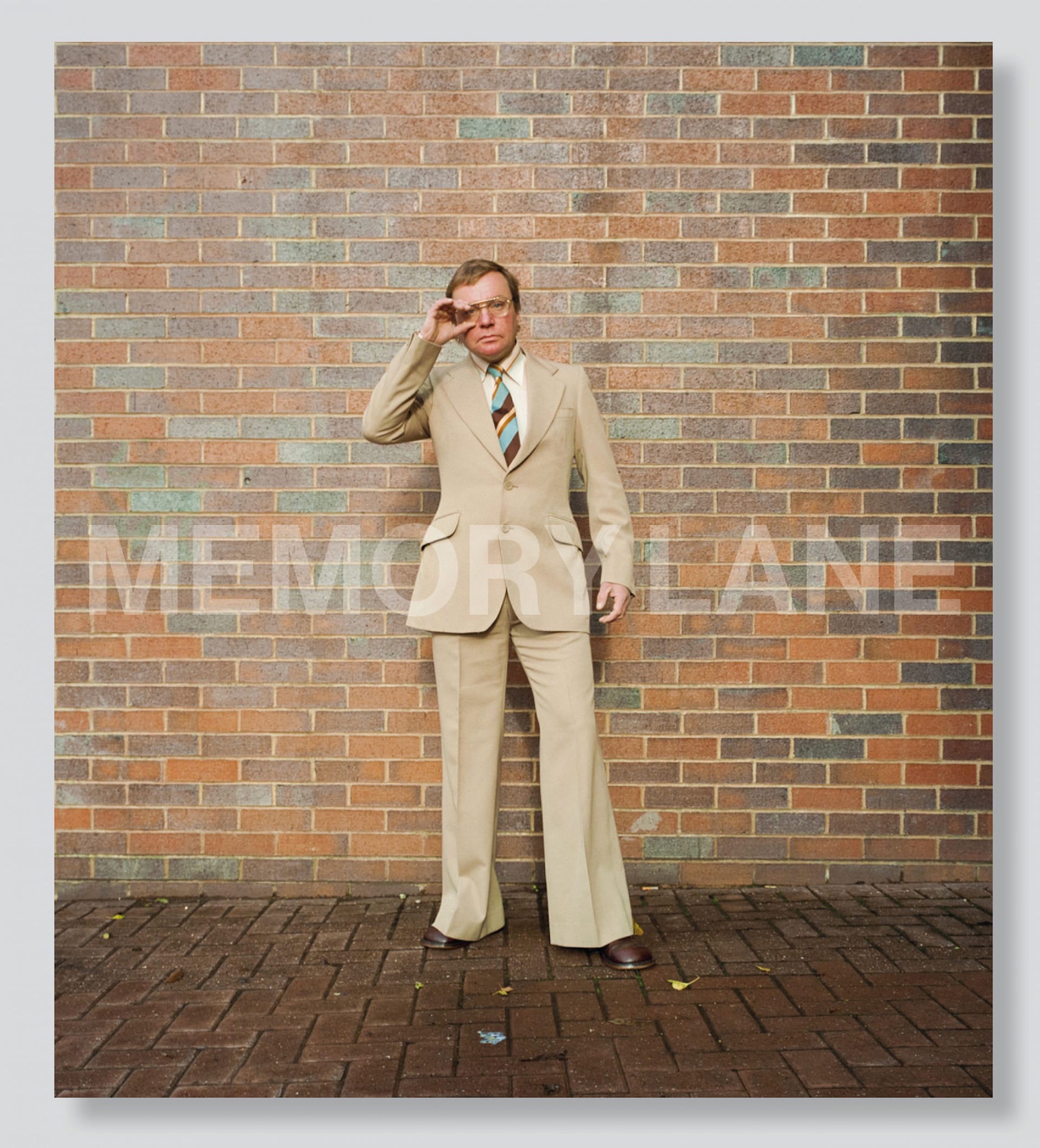Martin Salter: Memory Lane
To spend time with Martin Salter’s Memory Lane is to enter into a kind of meditation. It is a narrative of strangeness, of chance encounters, mysterious occurrences against the flimsy solid background of ‘ordinary’ Britain.
His photographs pose the question about ‘who we are’ and ‘where we are’, how we dwell within our urban, rural, and coastal landscapes, the patterns of existence we make. Documentary photography magics our recollections alive in a kind of visual alchemy.
‘Were we there?’ we wonder, ‘in that place at that time?’ In our memories, places shrink or grow larger, become indistinct or pencil more beautiful or more mundane; we are Alices in Wonderland as we confront the changing dimensions of the past. (from the included essay by Val Williams)
On his daughter’s suggestion, in 2020, Salter began to post his photographs from the 1990s and 2000s on Instagram, and they immediately attracted attention. As Britain stumbled into Brexit and the Covid pandemic struck, these photographs felt immensely reassuring. They were the recent past, our past, and were easily recognizable. Nothing changes, yet everything has changed.
Inquisitive people, armed with a copy of Memory Lane may one day try to find the Shoreditch tea hut or the Snowdonia rock, or try to book a ticket to the Regent in Redcar or Seaside Special in Cromer. Some of these are long gone, yet some remain. They may get a glimpse of the Man in the Cream Suit or the woman in the green dress on a bicycle in Farnham or even see Martin Salter in the distance as he picks up his Rolleiflex and looks again at Britain, some twenty years on. Stranger things have happened.
About the Author
“I’m a British photographer who was born in the ’60s, grew up in the ’70s, got interested in photography in the ’80s, photographed obsessively through the ’90s, switched to filmmaking in the 2000s, and have returned to my first love in the past few years. I will be 56 in May. How did that happen?
I have worked mostly in the UK for the early work, then more recently I have focused on shooting in my hometown. I have also been photographing in the Zanskar valley in the northwest Indian Himalayas for the past 30 years on a very long-term project. Like many photographers, I have an ongoing fascination with coastal resorts.
What I describe as my “golden period” of photography in the UK was very much about nostalgia for a post-war Britain which was fading fast. I felt I needed to capture it all – portraits, landscapes, buildings, and events. For the past10 years, I photographed the small English town where I moved, as well as continuing to shoot sporadically on the streets of London. I am now eagerly awaiting the end of COVID and people coming together again so I can finish another long-term project on social gatherings.
I went freelance as a photographer in 1995 and have been working in that capacity on and off ever since. I took a break from photography after a bit of a burn out to explore film making in the 2000’s, shooting short documentaries and some experimental feature films. I was worried my best years were behind me – fortunately with encouragement from those around me, I now believe that the best is yet to come. Fingers crossed.” (via upphotographers.com/interviews/interview-with-martin-salter/)

